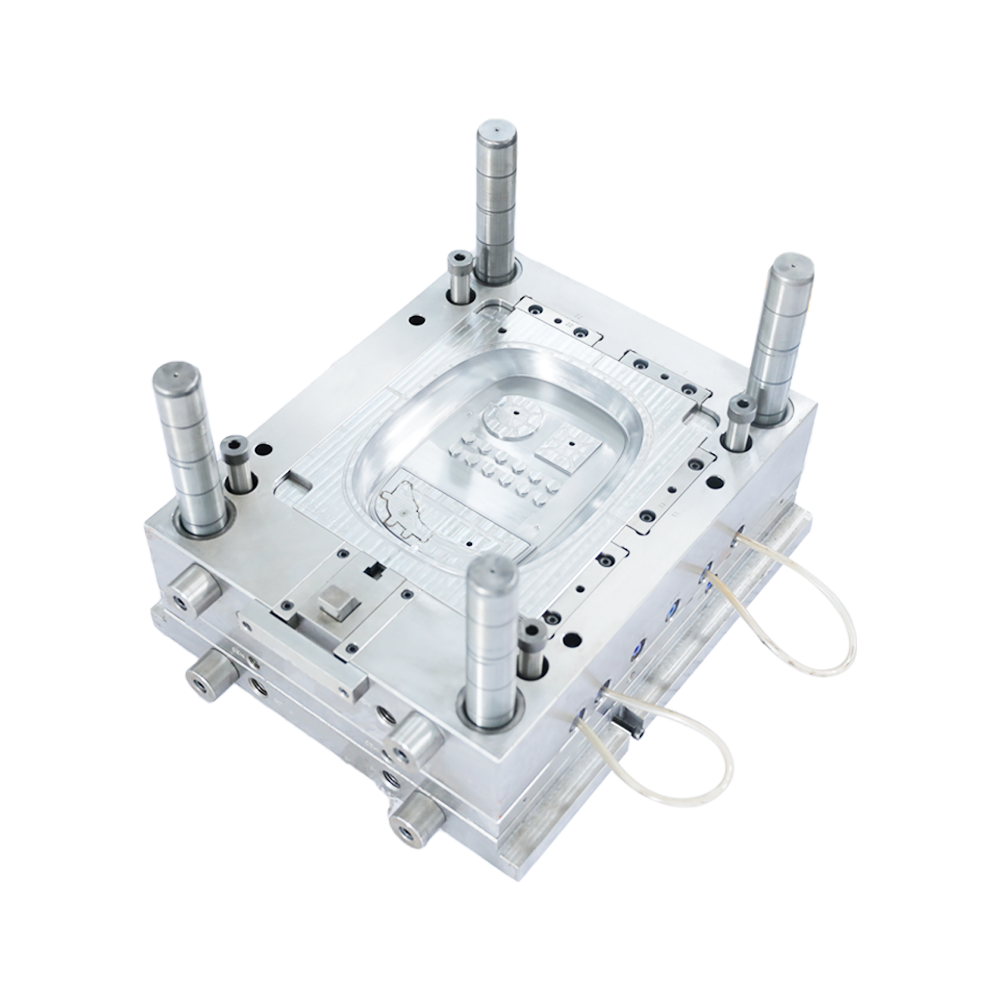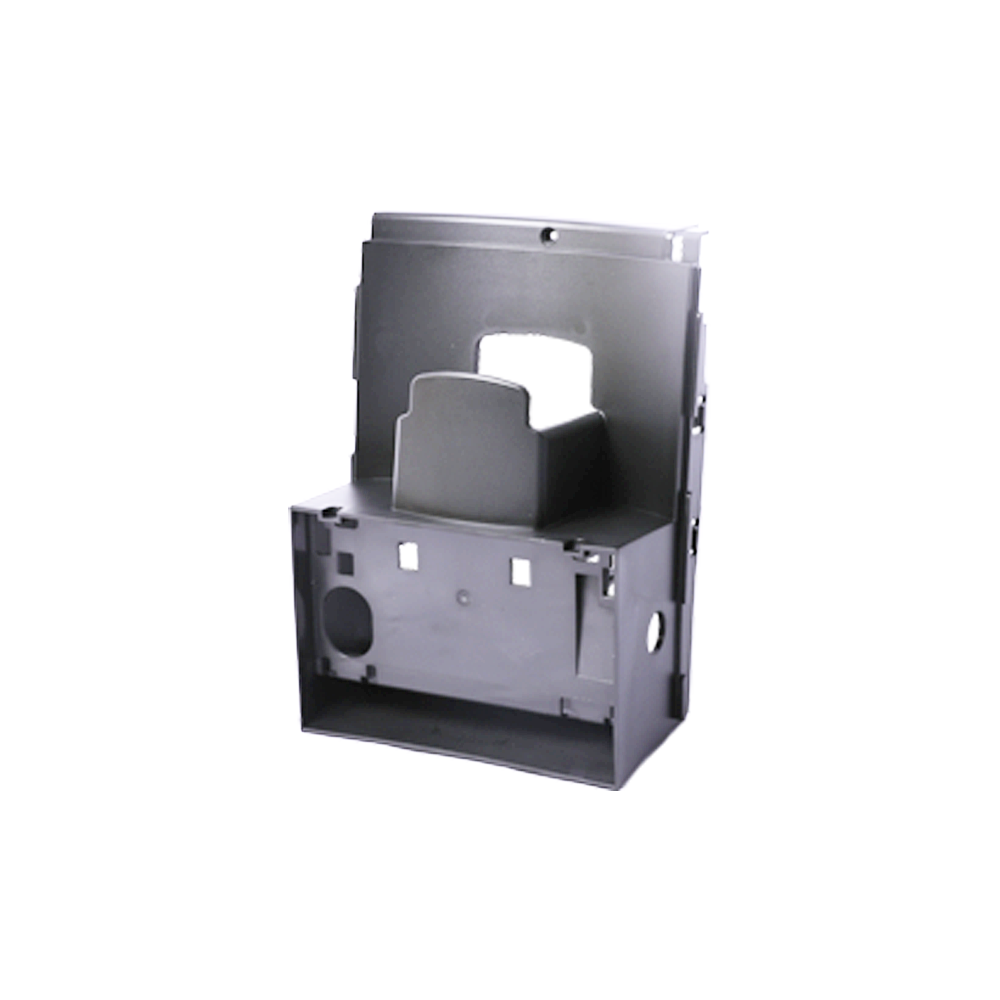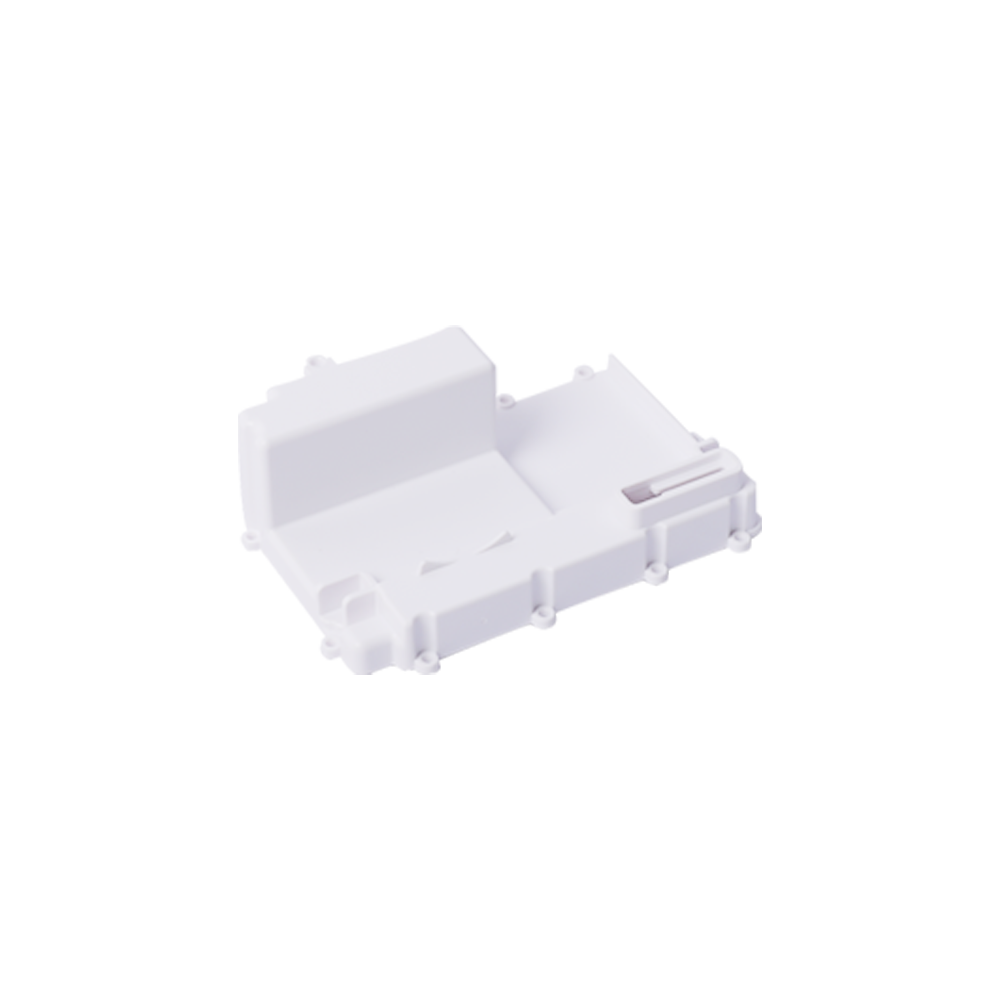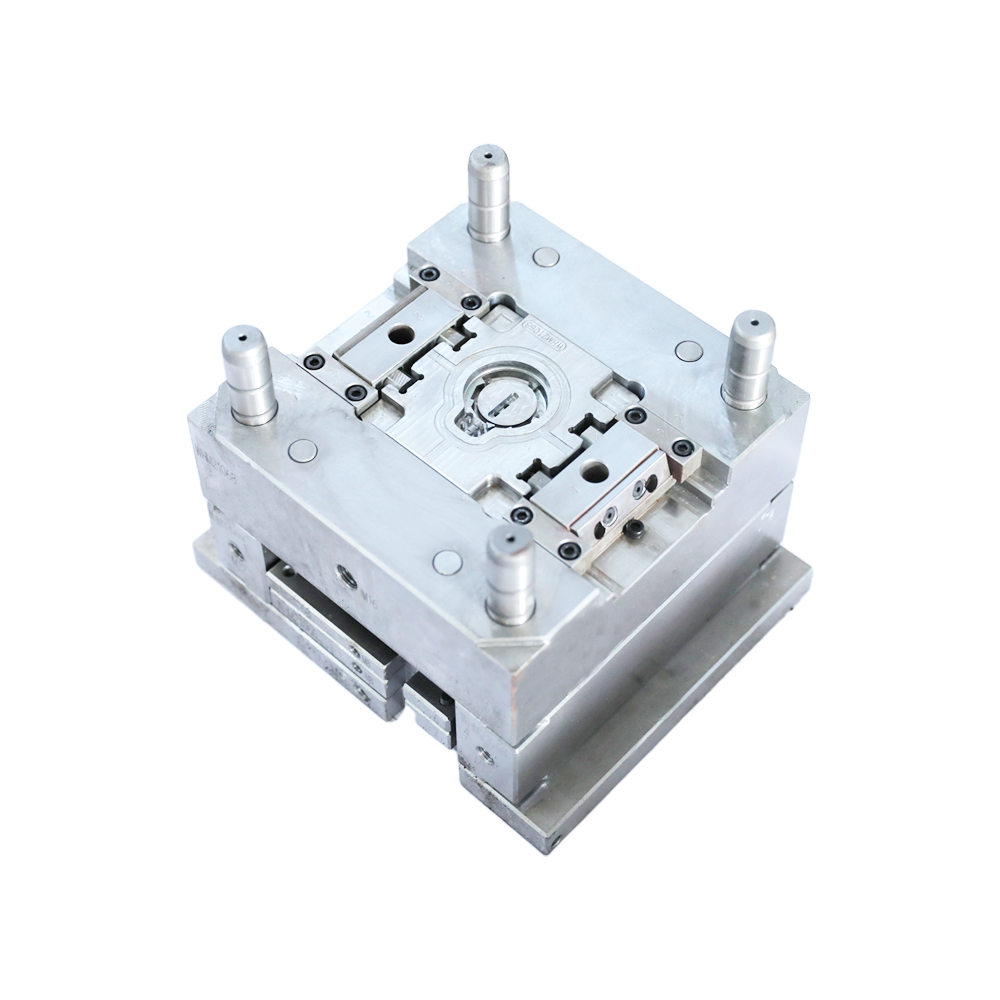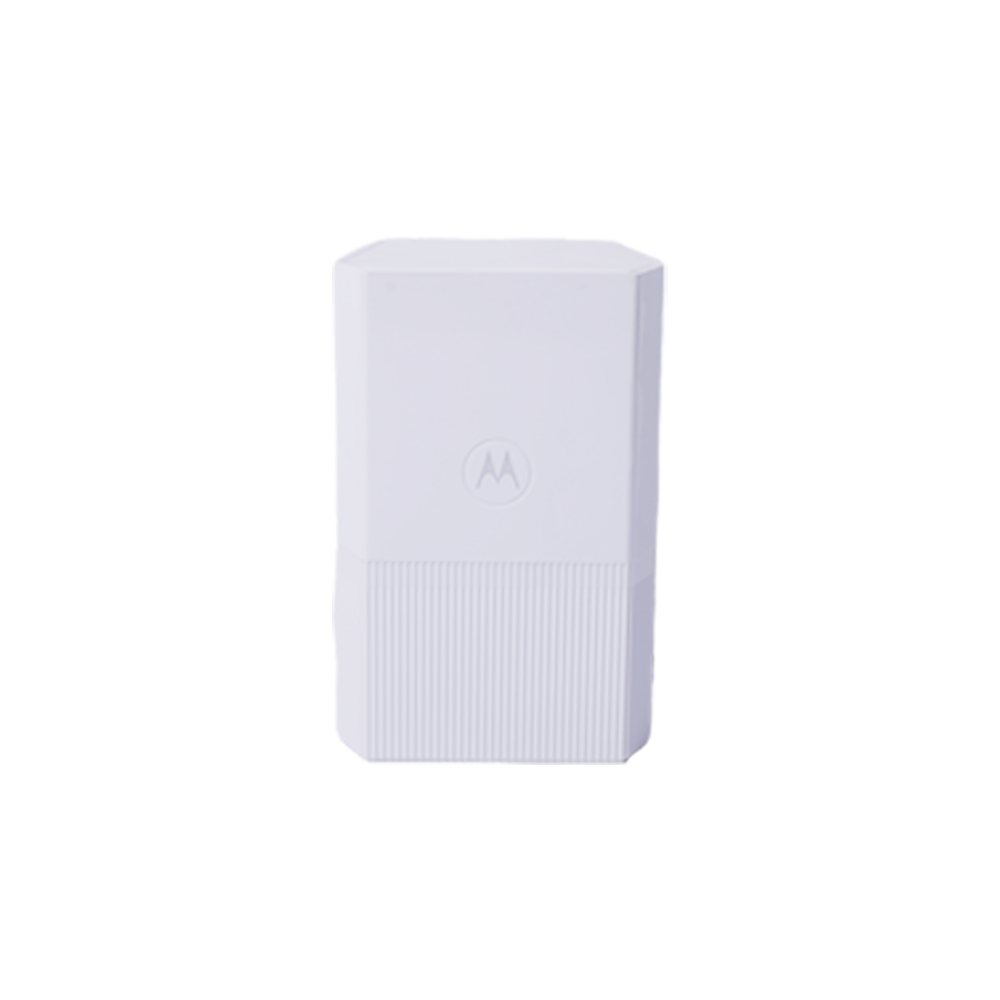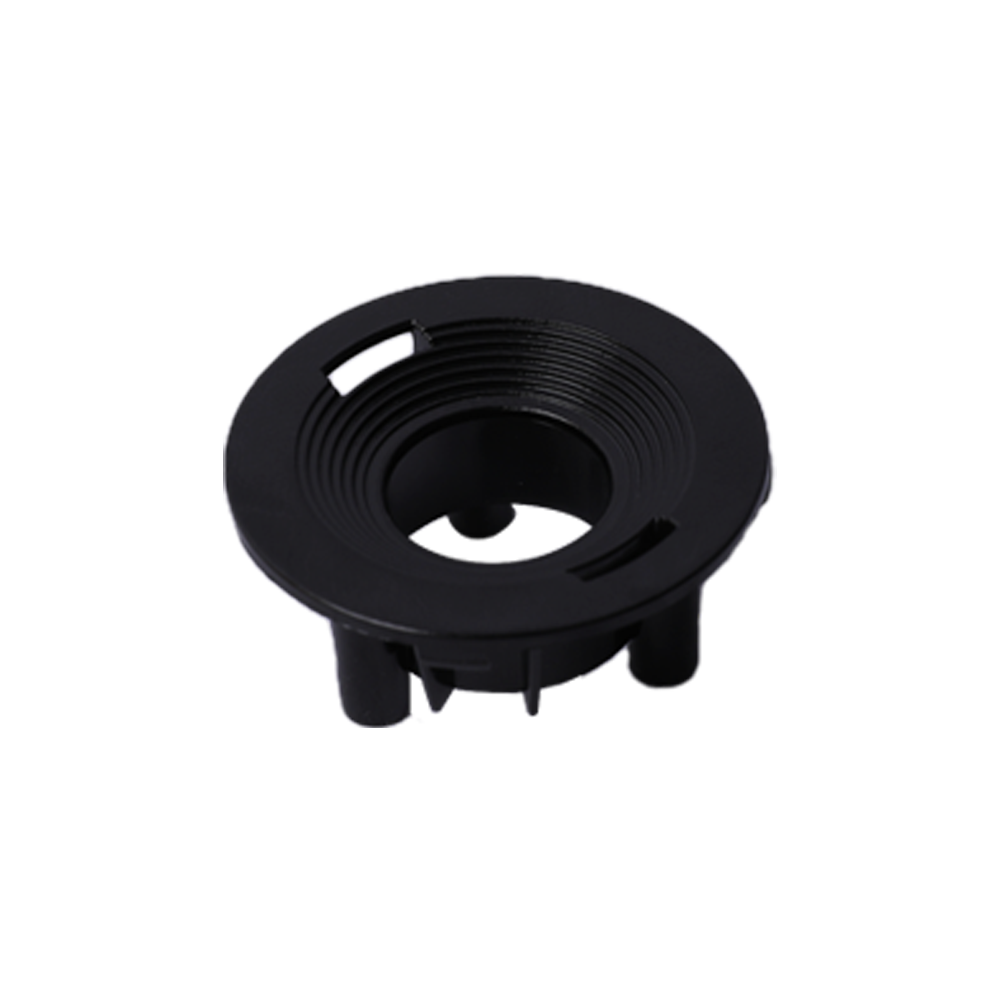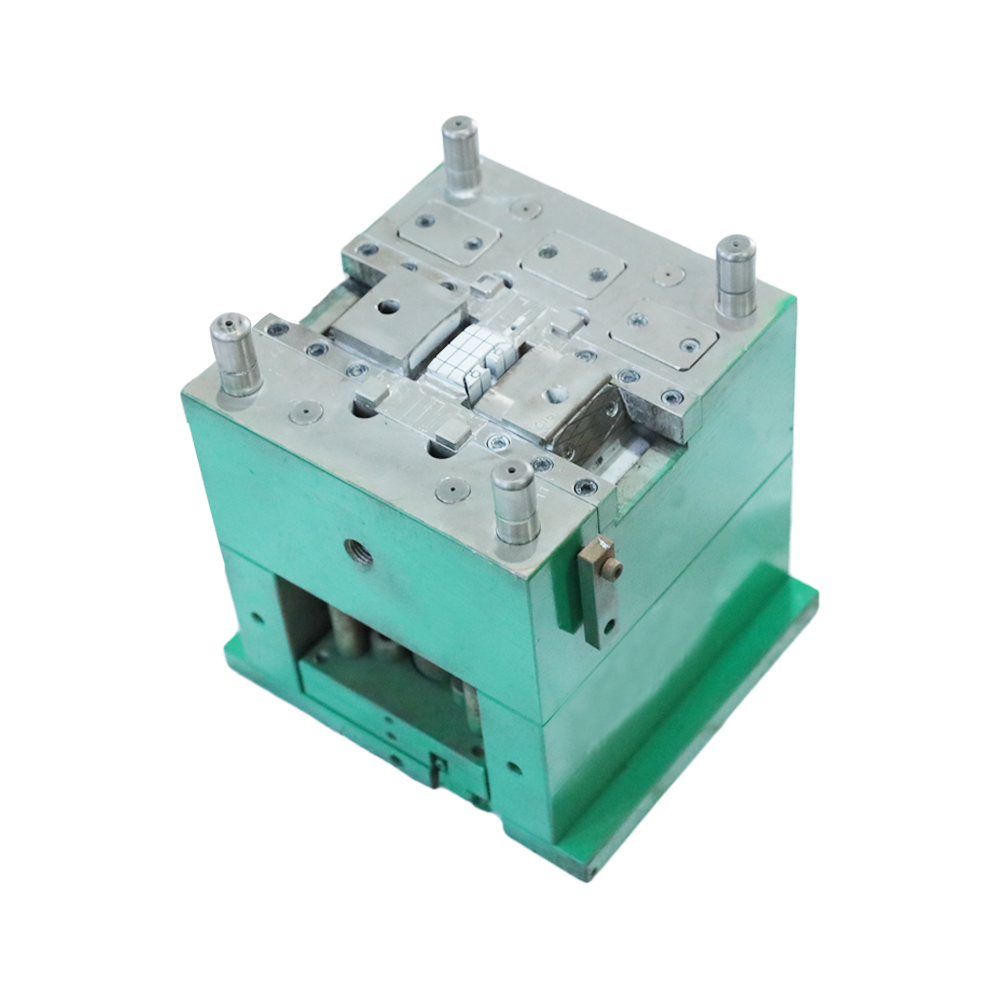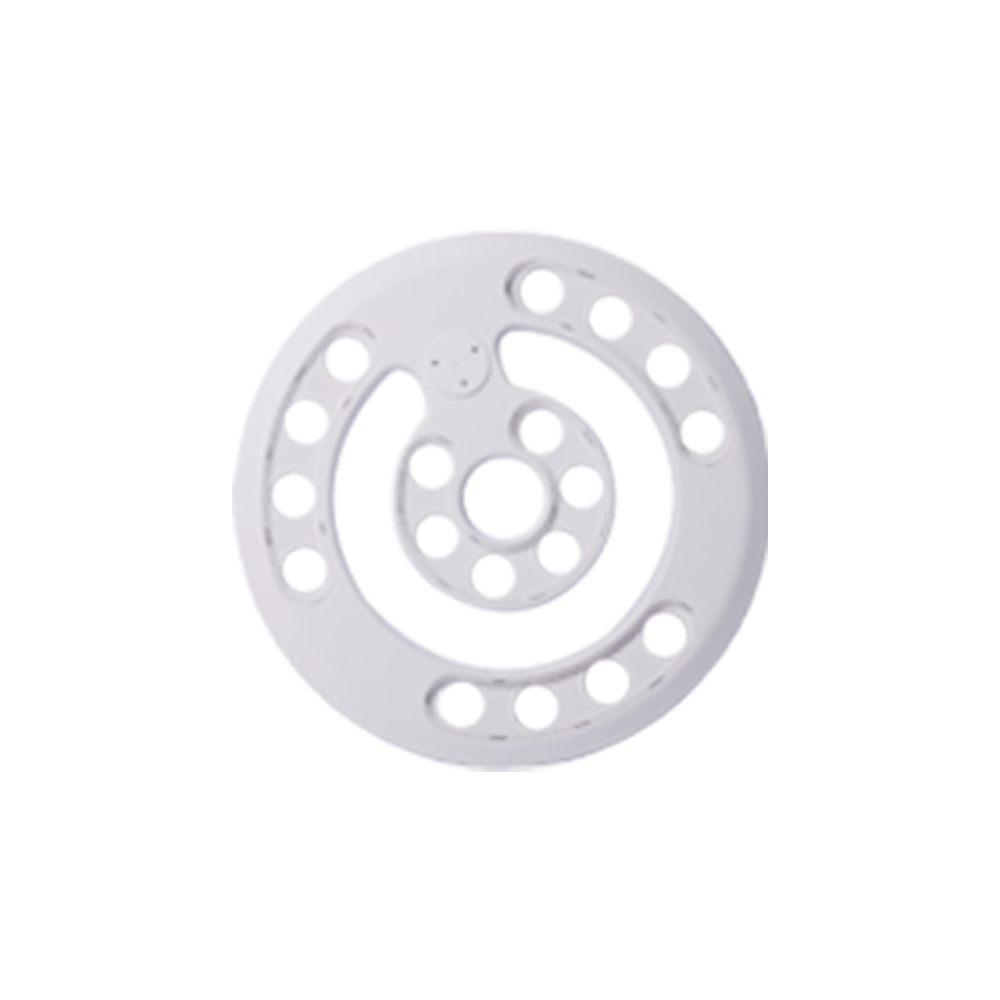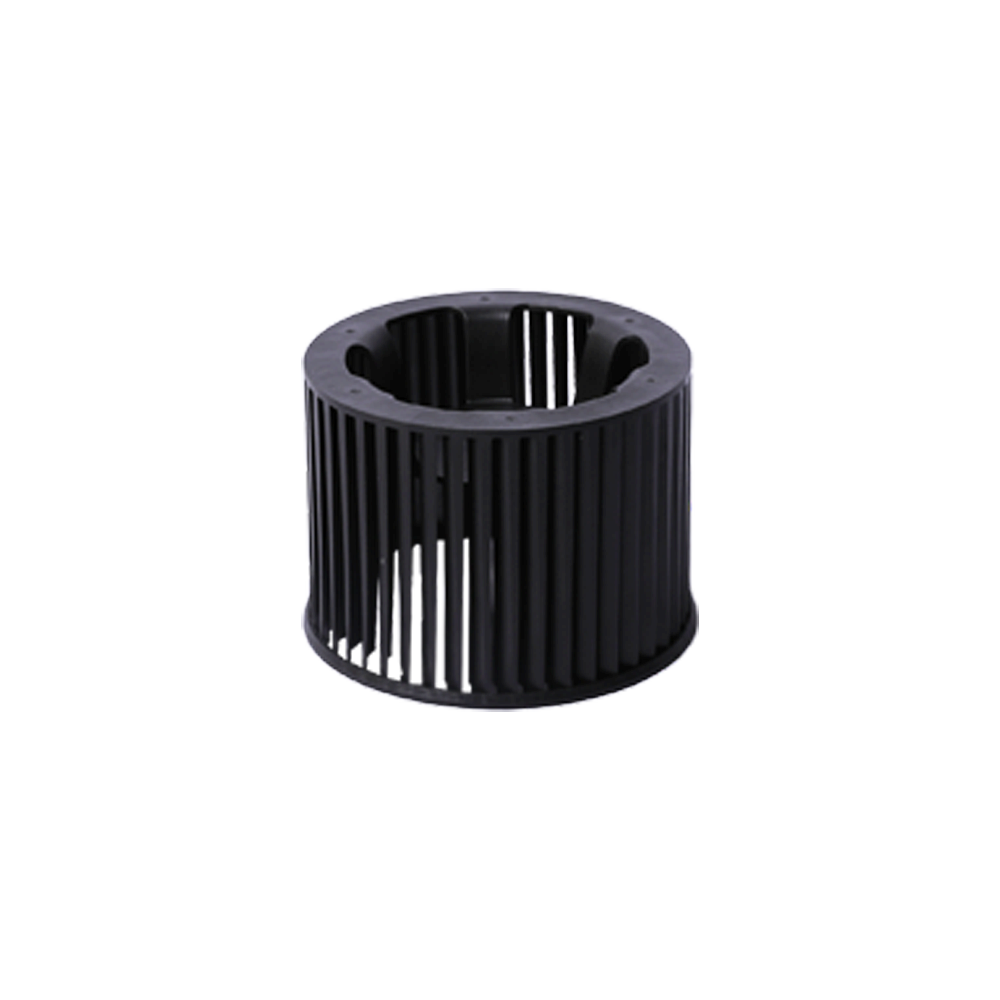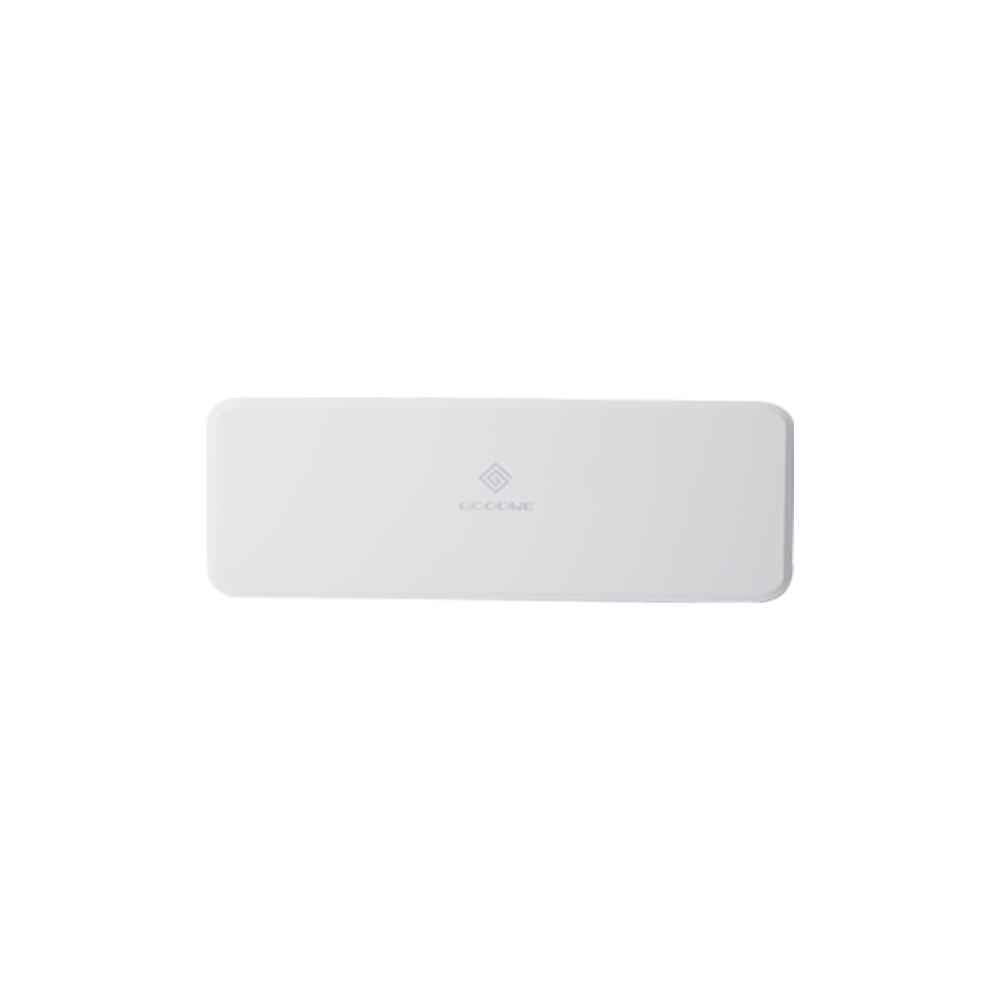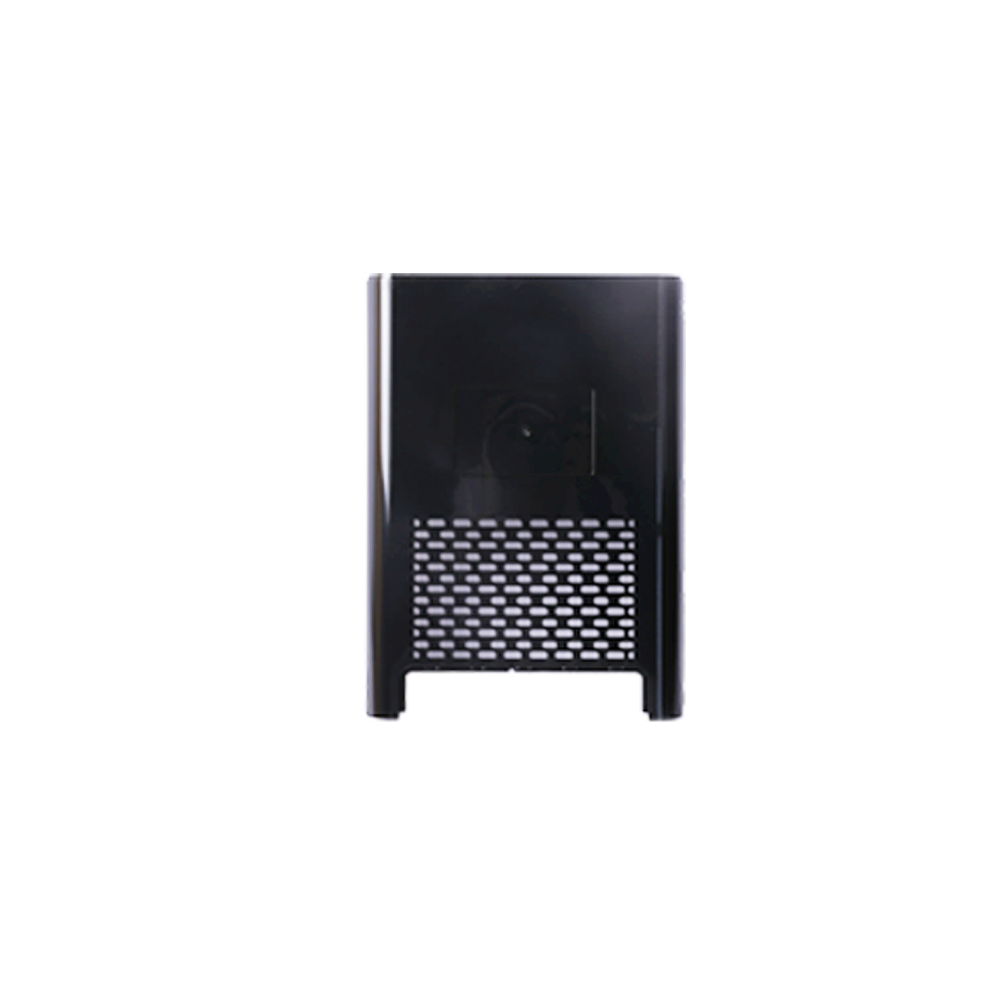In a narrow sense, the automobile mold is the general name of the mold for punching all the stamping parts on the automobile body. That is, "automobile body stamping die". For example, the top cover flanging die, the beam reinforcement plate pressing die, etc. The most important component of automobile mold is the panel mold. This type of die is mainly cold stamping die. In a broad sense, "automobile mold" is the general name of the mold for manufacturing all parts of the automobile. For example, stamping mould, injection mould, forging mould, casting wax mould, glass mould, etc.
1. Compression mold
The molding process of the compression mold is characterized by adding plastic raw materials directly into the open mold cavity, and then closing the mold. After the plastic is in the melting state under the action of heat and pressure, the cavity is filled with a certain pressure. At this time, the molecular structure of the plastic undergoes a chemical crosslinking reaction and gradually hardens and sets. Compression molds are mostly used for thermosetting plastics, and their molding parts are mostly used for the shell of electrical switches and daily necessities.
2. Injection mold
The molding process of the injection mold is characterized by placing the plastic raw materials in the heating barrel of the injection machine. The plastic is heated and melted, and pushed by the screw or plunger of the injection machine, enters the mold cavity through the nozzle and the mold pouring system. The plastic is solidified in the mold cavity through pressure maintaining and cooling.
Because the heating and pressure device can play its role in stages, injection molding can not only form plastic parts with complex shapes, but also have high production efficiency and good quality. Therefore, injection molding accounts for a large proportion of plastic parts molding, and injection mold accounts for more than half of plastic molding mold. The injection machine is mainly used for the molding of thermoplastics. In recent years, it is also gradually used for the molding of thermosetting plastics.
3. Extrusion die
Extrusion die can continuously produce plastic with the same section shape, such as plastic pipe, bar, sheet, etc. The heating and pressure device of the extruder is the same as that of the injection machine. The molten plastic will form continuous molded plastic parts after passing through the machine head, and the production efficiency is particularly high.
In addition to the plastic molds listed above, there are vacuum molding mold, compressed air mold, blow molding mold, low foaming plastic mold, etc.
4. Transfer mode
Transfer mold, also known as injection mold or extrusion mold, its molding process features that plastic raw materials are added to the preheated charging chamber, and then the pressure is applied to the plastic raw materials in the charging chamber by the pressure column. The plastic is melted under high temperature and pressure, and enters the mold cavity through the pouring system of the mold, and then undergoes chemical cross-linking reaction and gradually solidified. Transfer molding technology is mostly used for thermosetting plastics, which can form plastic parts with complex shapes.
 +86-15995701933
+86-15995701933 [email protected]
[email protected]- OEM Plastic Mould Manufacturers

 ��������
��������
